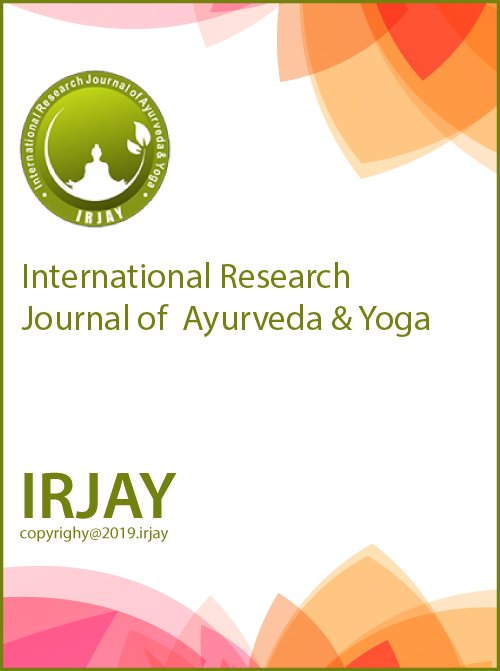A COMPARATIVE PHARMACOGNOSTIC EVALUATION OF THE LEAVES OF TULSI (OCIMUM BASALICUM) AND (OCIMUM SANCTUM)
DOI:
https://doi.org/10.48165/IRJAY.2024.70402Keywords:
Ayurveda, Pharmacognosy, Transverse section, Ocimum sanctum, Ocimum basilicumAbstract
The pharmacognostic evaluation of Ocimum basilicum (Sweet Basil) and Ocimum sanctum (Holy Basil) involved detailed macroscopic and microscopic analyses of their leaves. Ocimum basilicum leaves typically measure 4-8 cm in length, displaying an elliptic ovate shape, whereas Ocimum sanctum leaves are relatively smaller, measuring about 2-2.5 cm in length and exhibiting an ovate shape. Microscopic examination further distinguished between the two species: O. sanctum displayed a square-shaped epidermis characterized by parenchymatous cells and sclerenchyma patches, whereas O. basilicum showcased a dorsiventral mesophyll structure with stomata and glandular trichomes. These distinctive features contribute significantly to the standardization, authentication, and quality control processes essential for ensuring the efficacy and safety of herbal medicine formulations containing Ocimum basilicum and Ocimum sanctum.

